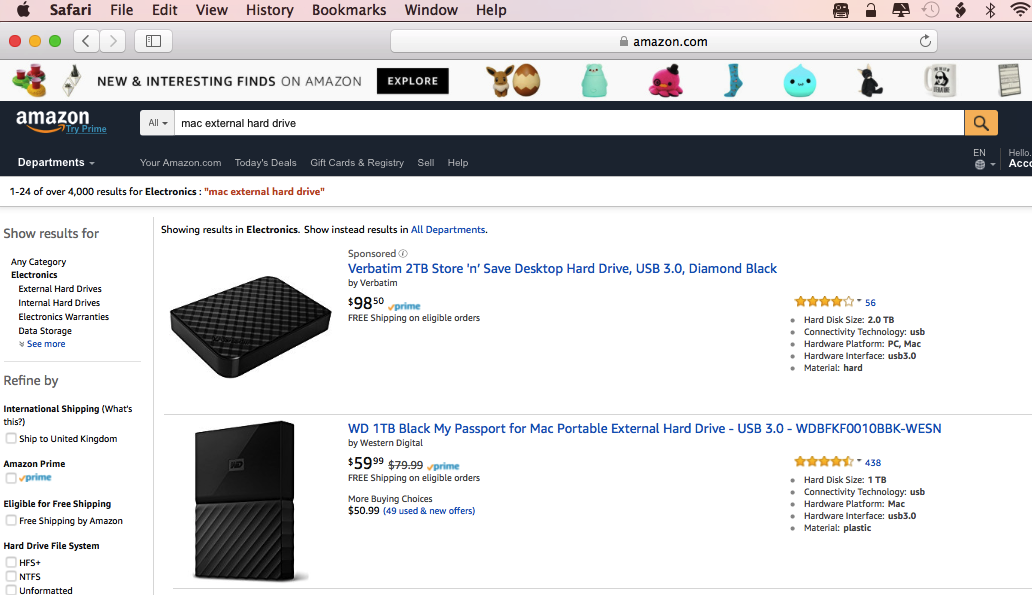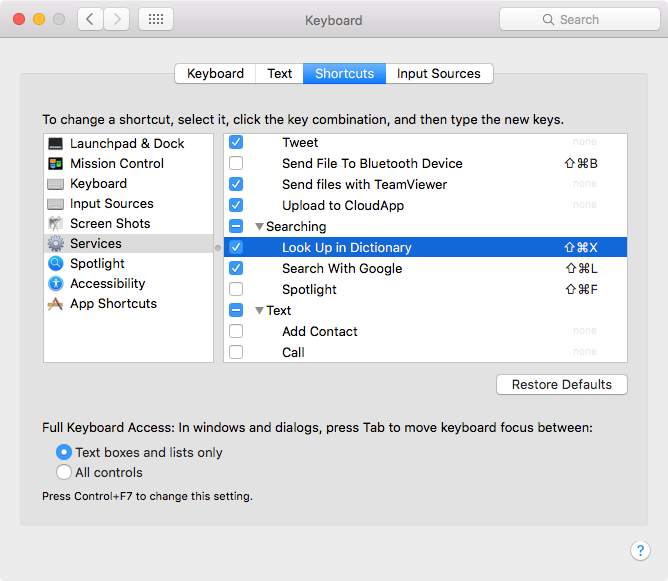
- #Search for a keyword on mac how to
- #Search for a keyword on mac pdf
- #Search for a keyword on mac full
To move a keyword to a different keyword group, drag the keyword to the parent keyword in which it should appear, and then release the mouse button.

The original keyword name stays in all other files to which the keyword was previously added. Note: When you rename a keyword, the name changes only for the selected files. Then, type over the name in the panel and press Enter (Windows) or Return (Mac OS). To rename a keyword, select the keyword or keyword set and choose Rename from the panel menu.


#Search for a keyword on mac pdf
#Search for a keyword on mac how to
This comes in particularly handy when you aren’t quite sure how to spell something. By default, pressing the Escape key opens the system-wide completion menu. There are two options for what happens when you press the Escape key. If you switch the radio button to Always at the same level, new rows are created at the same level as the line your cursor is on when you press Return. New rows are created By default, new rows are Indented if there are children when you press Return. When using the default Return key behavior to create new rows beneath the current one, you can also press Shift-Return to create new rows above the current row.
#Search for a keyword on mac full
Full Screen Mode This preference switches between the Standard full screen mode, with the Toolbar visible at all times, and Distraction Free mode, which hides the Toolbar unless you move the mouse cursor up to the top of the screen. When unchecked, any new rows you create revert to the default styles from the theme you’ve chosen. When this is checked and you add a new row (by pressing Return or Shift-Return), that new row adopts the styles of the row you were previously in. Styles Turn on or off the setting for a new row to adopt the style from that row’s sibling. If you uncheck this option, the URLs you enter are rendered as Rich Text and clicking them will not open the URL in your default web browser. Links Turn on or off the ability to make hyperlink (a URL such as ) clickable. Unlike theming for OmniOutliner files (where text and row styles are applied and saved), this preference is purely visual. OPML Display Theme Choose the theme that applies to.

If you want to change the default template, click Change Template and select a different theme from the browser. You can choose between opening the Resource Browser (where you can choose a template for a new document, or open a recently edited one), or creating a new document based on the default template. Options in General Preferences include: New DocumentsĬhoose what happens when you create a new document, by either choosing File ▸ New or using the Command-N keyboard shortcut. Use the General Preferences pane to make changes that apply across the board for everything you do in OmniOutliner.


 0 kommentar(er)
0 kommentar(er)
